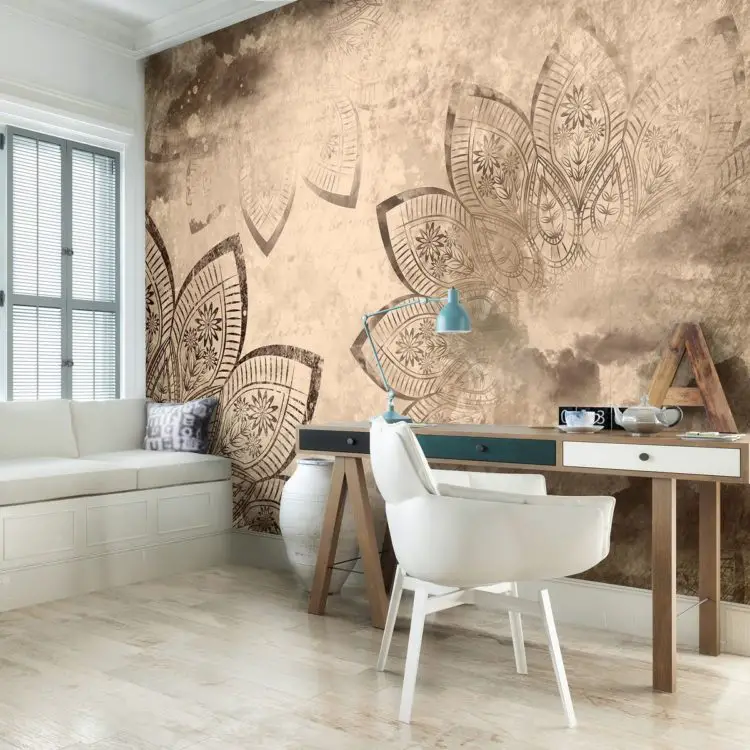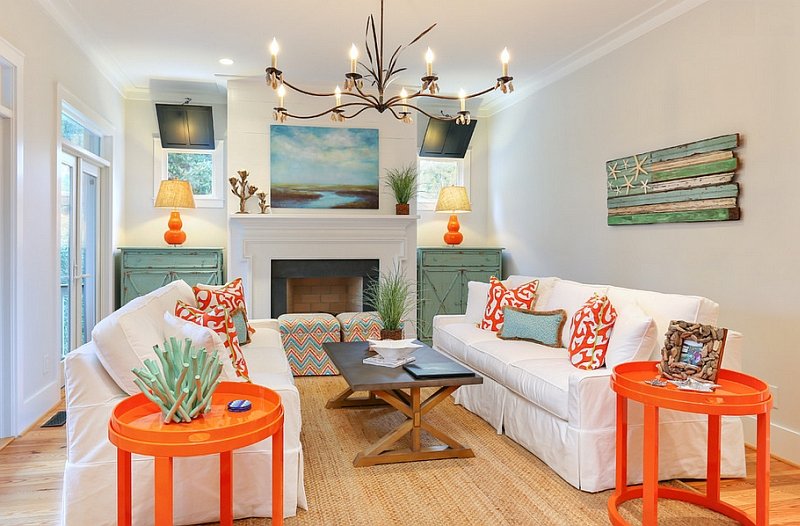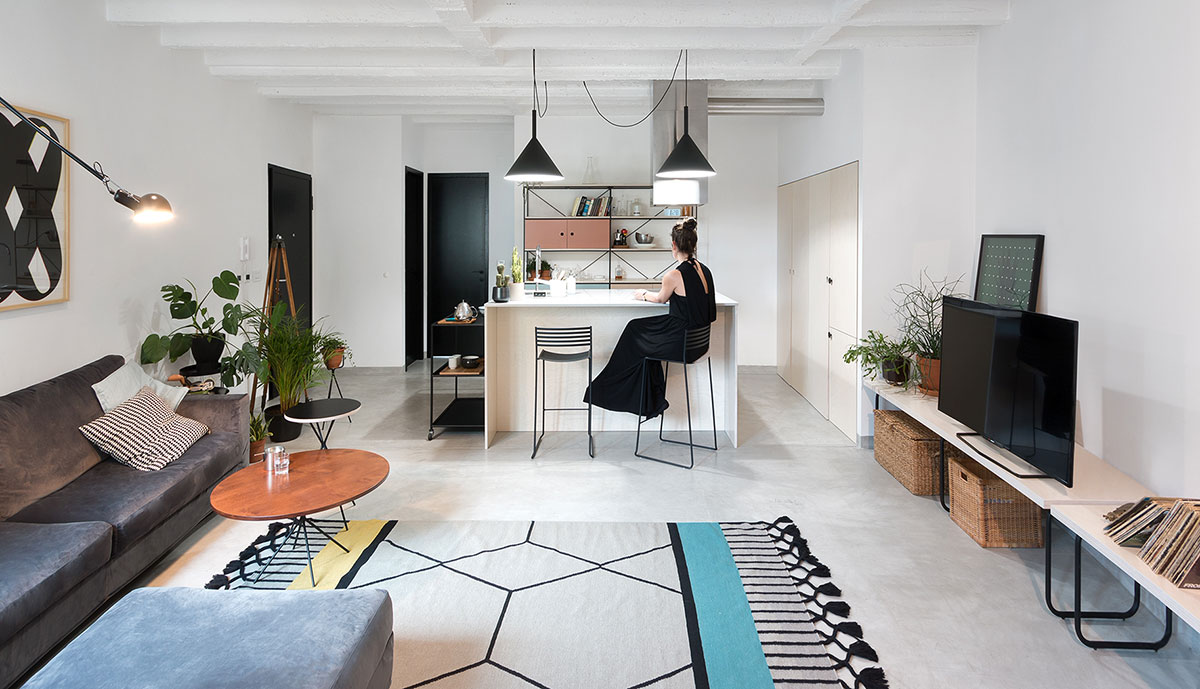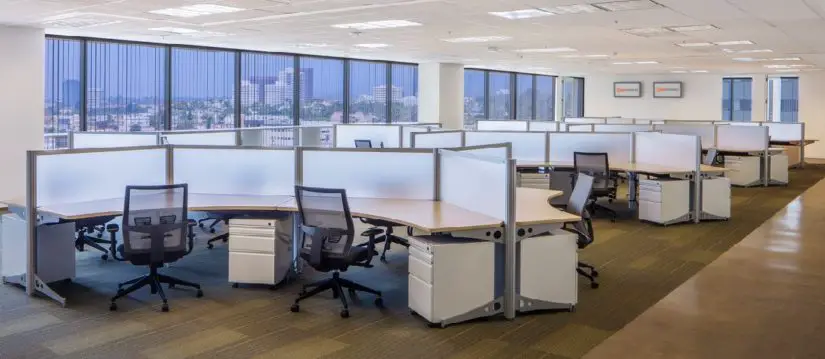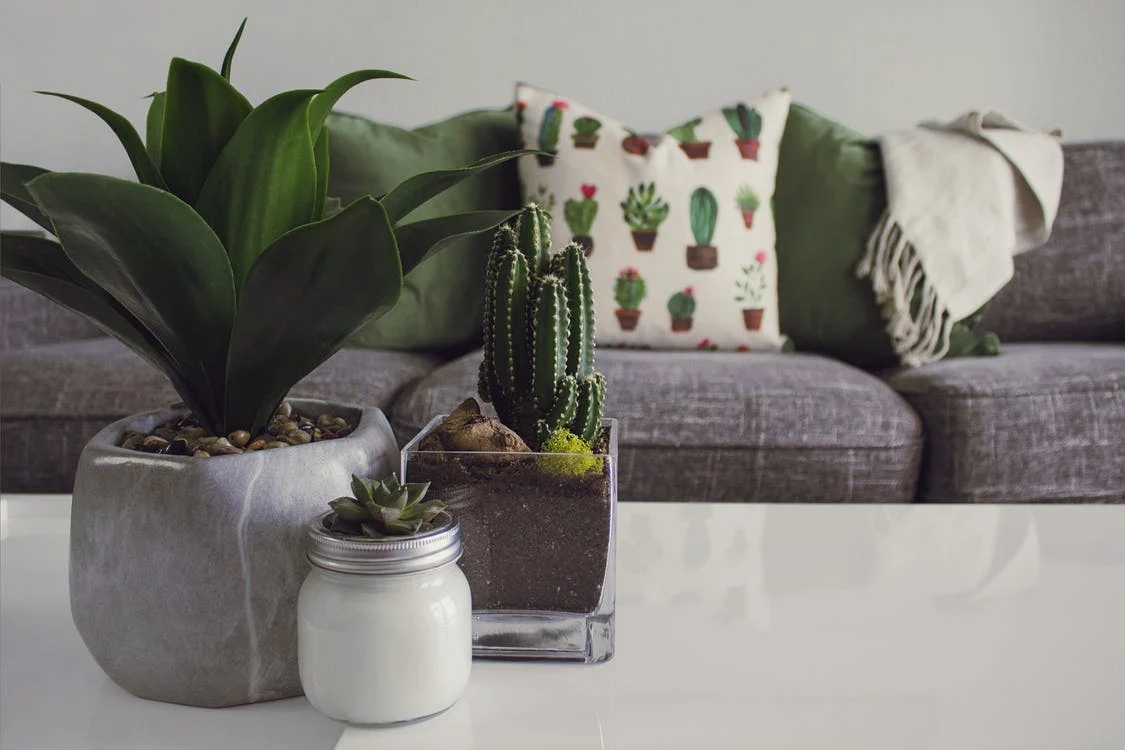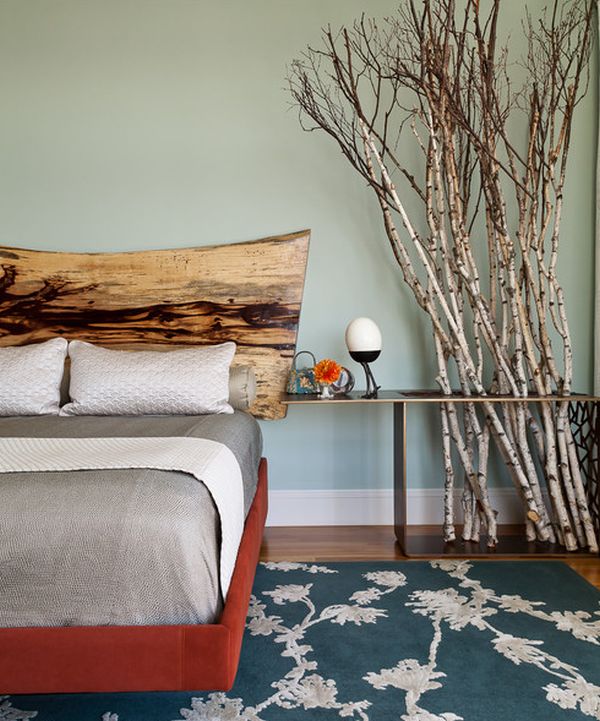When decorating a room where you want to create a feature wall, there are many different options to choose from.
One of the most popular kinds of a feature wall is wallpaper, which has been around for hundreds of years.
However, there are two types of wallpaper that you may want to consider: peel and stick wallpaper and the more traditional kind.
In this article, we will look at peel and stick wallpaper vs traditional in greater detail so that you can decide which one is best for your home.
Peel & Stick Wallpaper
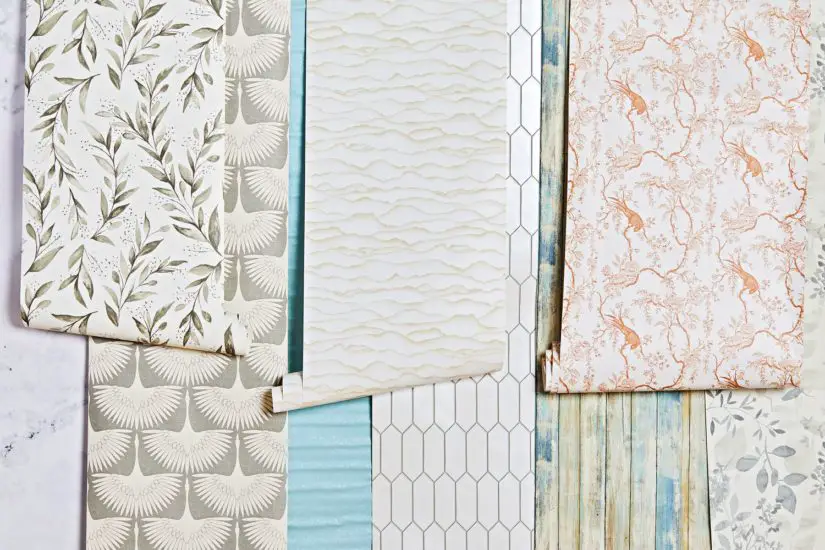
A peel and stick wallpaper is exactly what it sounds like: a piece of paper with an adhesive backing that you simply peel off and then stick onto the surface that you want to cover. It’s a lot like putting up contact paper.
Types of Peel & Stick
Not all peel and stick wallpaper is created equally, though. In fact, there are three main types: vinyl, fabric, and self-adhesive. Vinyl is easiest to clean and will work in any space; the fabric is breathable, so it’s great for high-moisture areas like kitchens or bathrooms; and self-adhesive works well for high-traffic areas since it’s durable.
Pros
The advantage of using peel and stick wallpaper vs traditional is that it’s very easy to put up. However, you need to make sure that the surface is free from dust or grease before applying it if you want to get a good seal. Otherwise, it may not stick properly and could start peeling off after only a few months or even days.
Cons
The disadvantage of using this kind of wallpaper is that it isn’t as durable as the more traditional kind. For example, it may not be suitable for every room in your home. It is typically best suited for rooms that don’t experience too much moisture (such as bathrooms) or extreme temperatures (such as basements).
In addition, you should bear in mind that this type of wallpaper doesn’t typically last as long as traditional wallpaper. While traditional wallpaper can last 10 years or more, with proper maintenance, peel-and-stick wallpaper will likely last around five years before needing to be replaced.
Traditional Wallpaper
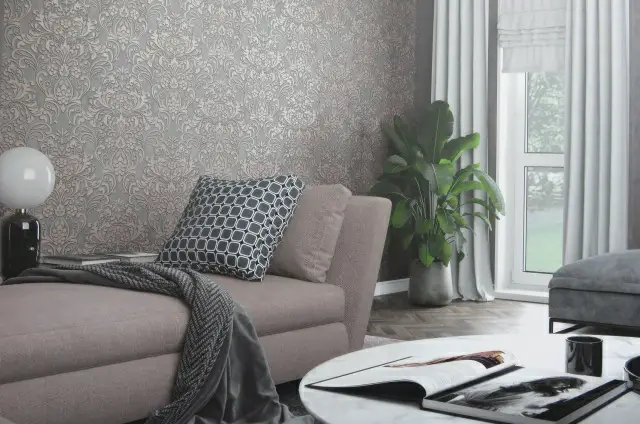
Traditional wallpaper, on the other hand, can be a bit more difficult to install. It requires you to mix and apply wallpaper paste, align your sheets perfectly with one another, and carefully smooth out any bubbles or wrinkles before allowing it to dry.
Traditional wallpaper is especially popular in some countries outside the United States, where it’s often sold in rolls or sheets.
Types of Traditional Wallpaper
There are two main materials that make up traditional wallpaper: paper and vinyl.
Paper
Paper wallpaper is made from pulp sheet material and can be coated with different finishes. These finishes include vinyl, foil, embossed, flocked, and fabric. Paper wallpapers aren’t as durable as vinyl wallpapers because they don’t have backing materials that provide water resistance.
Vinyl
Vinyl wallpaper is made from multiple layers of paper and vinyl materials that are bonded together with adhesive. Vinyl wallpapers are very durable because they’re water-resistant and stain-resistant, so they’re easy to clean. They come in varying levels of thickness, ranging from lightweight to heavyweight.
How to Install Traditional Wallpaper
Here’s how to install traditional wallpaper:
Prepare your walls
The most important step of wallpapering is preparation. You need to make sure that your walls are smooth and clean for the best results. Fill any holes or cracks in the wall with spackling paste, which you can smooth out with a putty knife. Sand down the surface once it dries to create a smooth texture, then wipe down the wall with a damp cloth to remove all dust particles.
Apply primer if necessary
Some types of wallpaper may require a primer application before installing it on your walls. Ask at your local home improvement store whether or not the type of wallpaper you’ve chosen requires this step prior to installation, or look up instructions online if you’re unsure.
Measure your wall space and cut accordingly
Measure the distance between the ceiling and floor where you plan on hanging your wallpaper, then use that measurement to cut individual strips from your roll using a utility knife or scissors.
Install wallpaper
Apply the paper on your wall with help from a co-worker. To make hanging easier, apply the paste directly to the wall rather than brush it onto paper. Start at the top and work down, applying about 3 ft of paste at a time. Use a plumb line down the length of the wall to help keep strips straight.
Smooth out the strips
Smooth out each strip from the center toward the edges using a broad-bladed putty knife or wallpaper smoother until all bubbles are gone.
Considerations When Choosing Between Peel and Stick Wallpaper vs Traditional
To choose between peel-and-stick wallpaper and traditional wallpaper, you’ll need to consider the following factors.
Your home’s style
The style of your home should be taken into account when choosing peel-and-stick wallpaper. If you have a modern or contemporary home, choose a peel-and-stick wallpaper with a geometric pattern. If your home is more traditional, choose one with a floral pattern, such as this pretty black and white design.
Permanent vs temporary Wallpaper
If you’re renting, peel and stick wallpaper is perfect for temporary designs that can be removed without damaging the walls or leaving residue behind. If you’re searching for something more permanent, traditional wallpaper may be a better fit for your needs because it’s less likely to rip or tear.
Price
The biggest advantage of peel and stick wallpaper vs traditional is its price. Since it’s easy to install and doesn’t require any extra materials, it’s much cheaper than traditional wallpaper.
An average roll costs between $30 and $45 per roll, while traditional wallpaper tends to cost at least $50 per roll. This makes peel-and-stick an excellent option for small or temporary spaces, or if you want to experiment with different patterns before committing to something permanent.
Installation difficulty
Peel-and-stick wallpaper is much easier to install than traditional wallpaper or paint since you don’t have to worry about applying adhesive or getting the pattern straight. You can actually hang this type of wallpaper by yourself in a matter of hours — no professional installation is required
Sturdiness & Durability
Because peel and stick wallpaper have a self-adhesive backing, it is more prone to damage from the elements than traditional wallpaper. When you remove traditional wallpaper from your walls, there may be glue residue left behind on your walls or even some damage done to your drywall. However, if you remove the peel and stick wallpaper, there will be no residue
Removability
Traditional wallpaper is extremely difficult to remove so make sure you hire a professional to remove them if you ever want to redecorate your room. Peel and stick wallpapers, on the other hand, can be easily removed without leaving any marks or residue behind.
Final Words
It can be a daunting task to choose between peel and stick wallpaper vs traditional. With the help of this guide, we hope you feel prepared to take the first step towards choosing the perfect wallpapers for your home!
